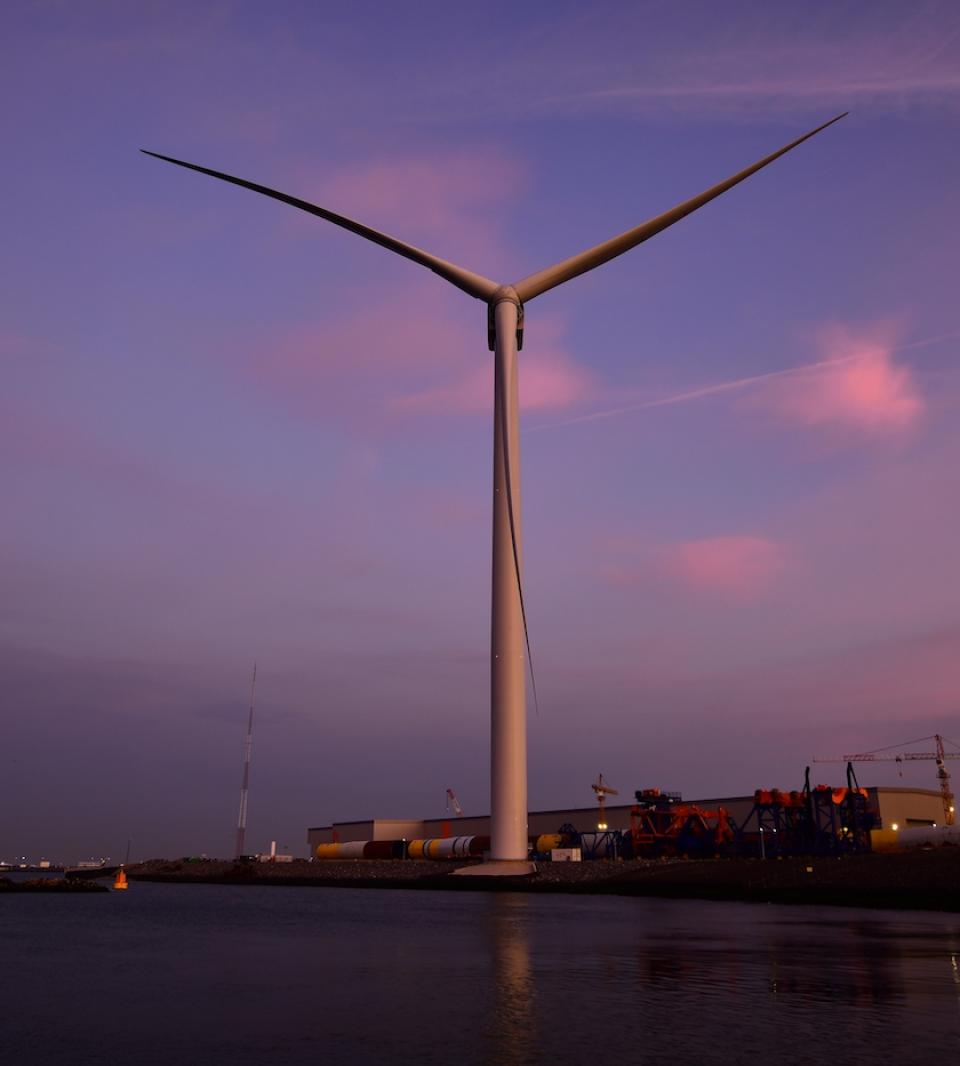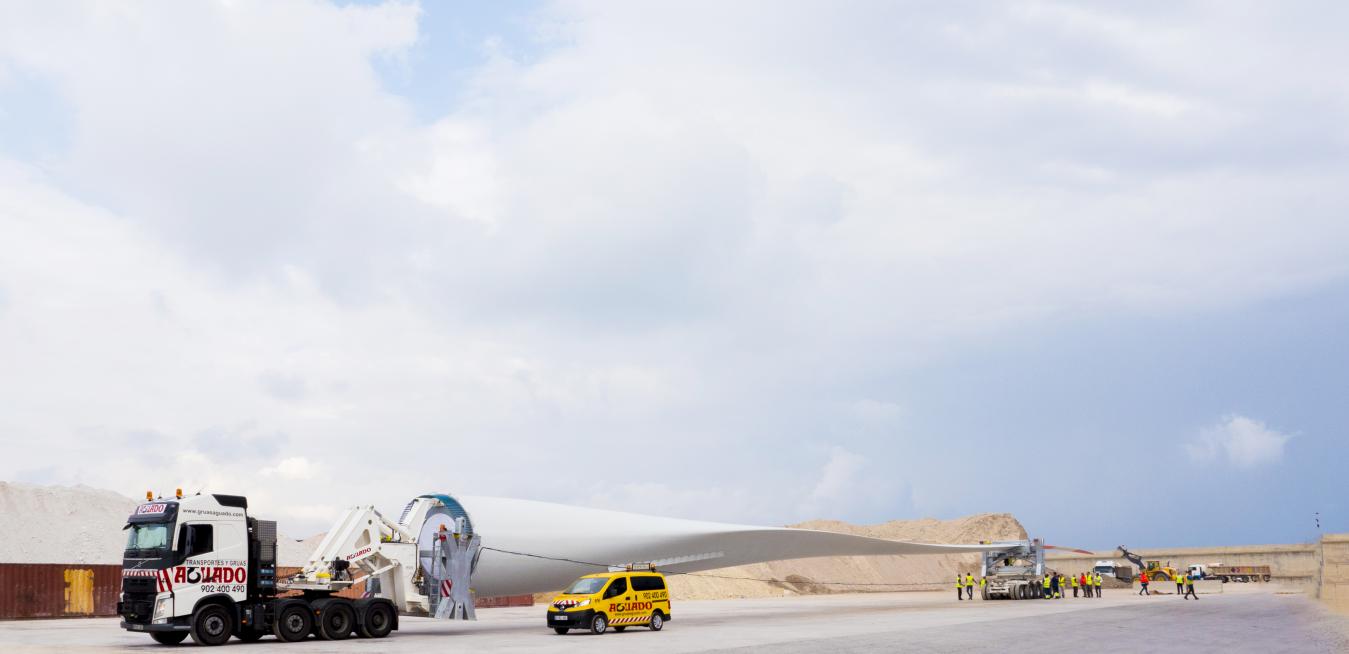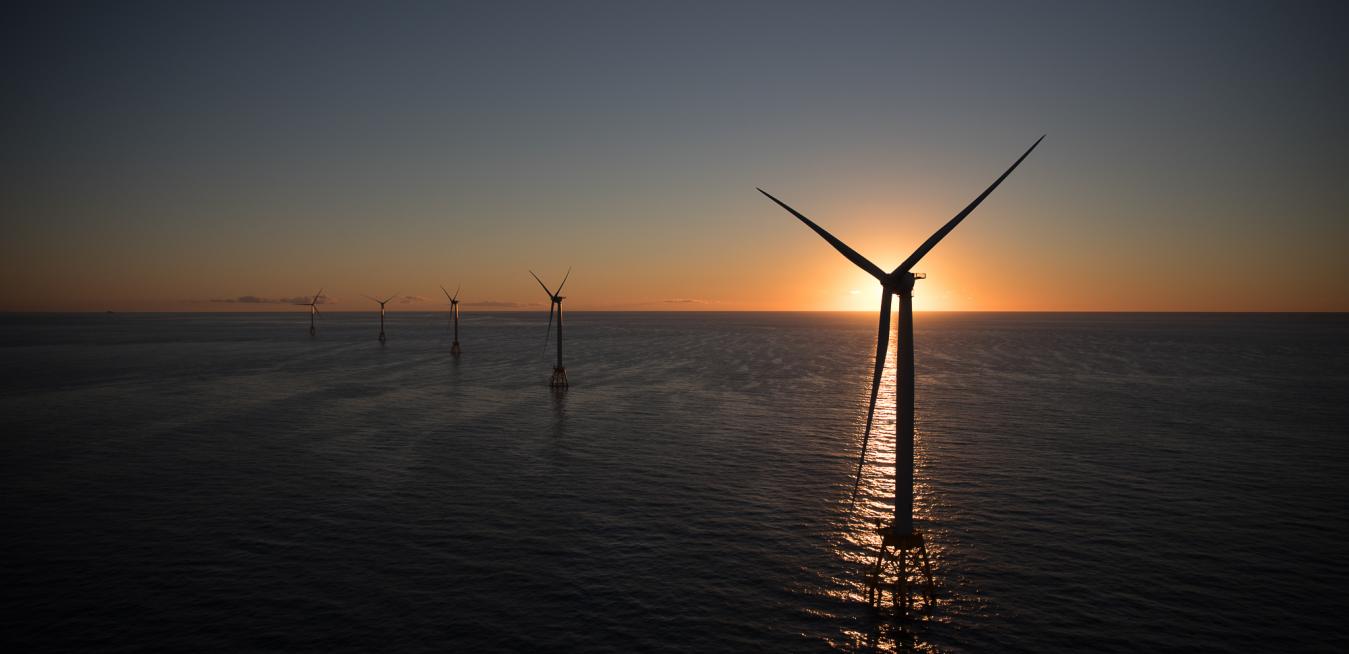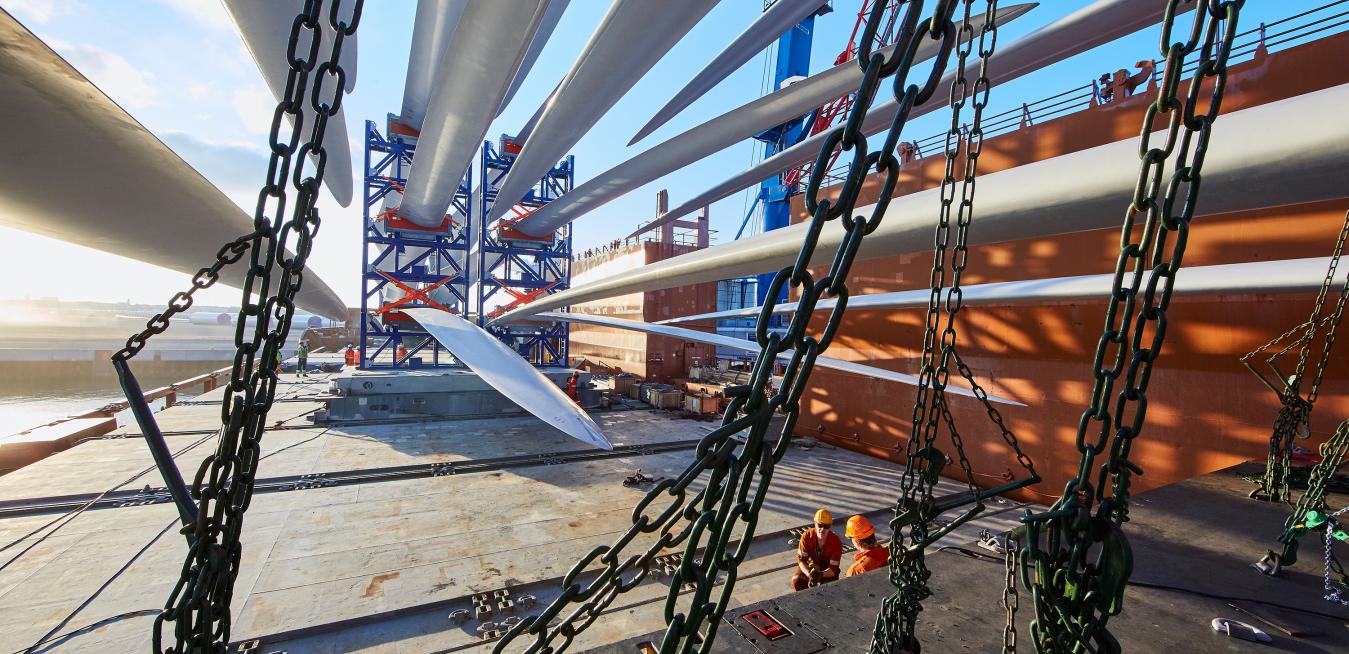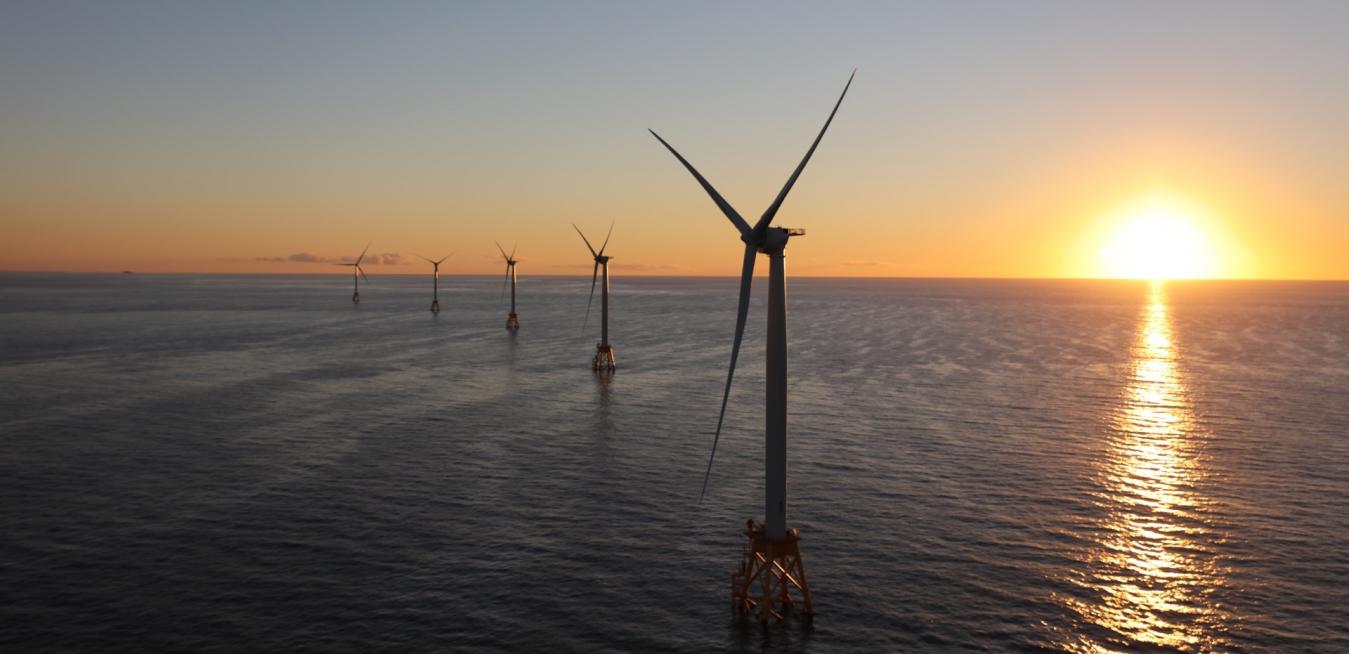Patrick Cassidy was working as a carpenter when he saw the newspaper notice about job opportunities at Vineyard Wind in the summer of 2019. The country’s first commercial-scale offshore wind farm was being built 15 miles south of Martha’s Vineyard, the island he’d called home since 1995, and he was curious. He enjoyed his work, and he was good at it, but he liked the idea of a more regular paycheck — and maybe even paid time off.
Moving a human kidney, a wind turbine blade or a 400-pound nacelle requires a deep understanding of your precious cargo and some creativity when it comes to employing planes, trains and automobiles (or in this case drones, trucks and boats). Here’s a look at how GE got three important parcels from point A to point B:
Roughly at eye level, a white blade traces a sinuous line across the sky to the nacelle that holds the gears of an offshore wind turbine.
Grip your camera, lean out (but not too far, bucko!) and train it on the turbine backlit by a fiery sun. Find the turbine’s reflection in the aircraft’s tail. Snap.
